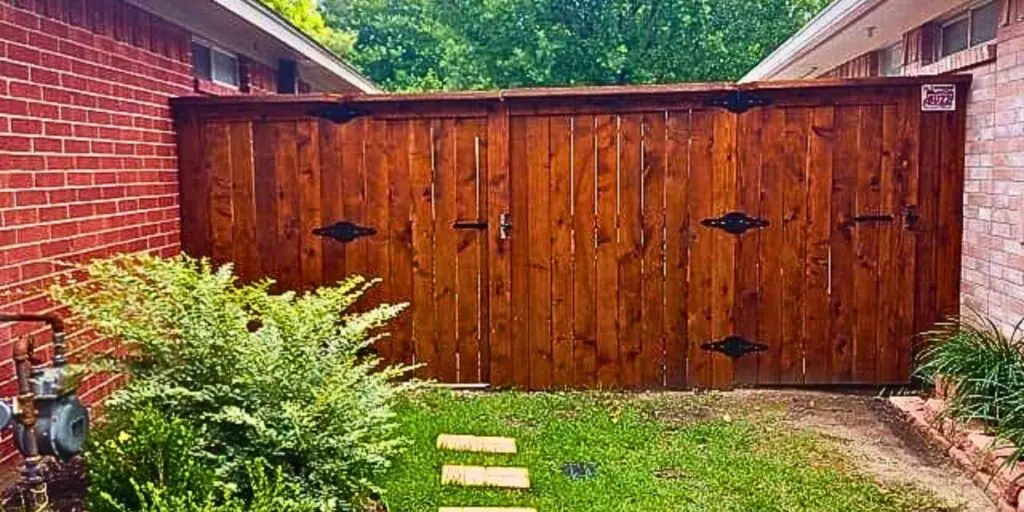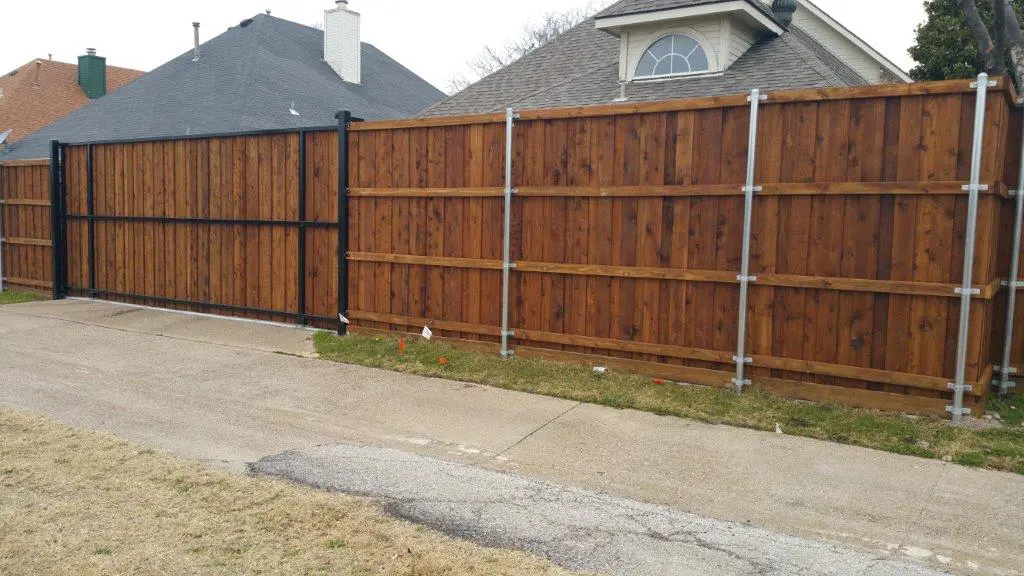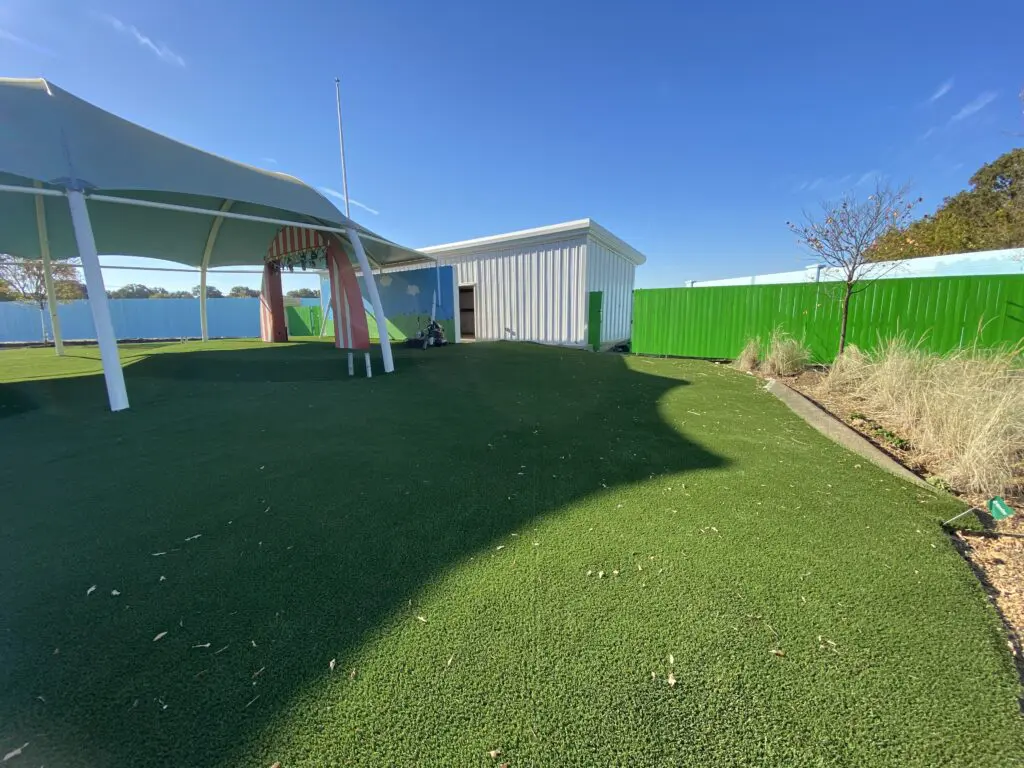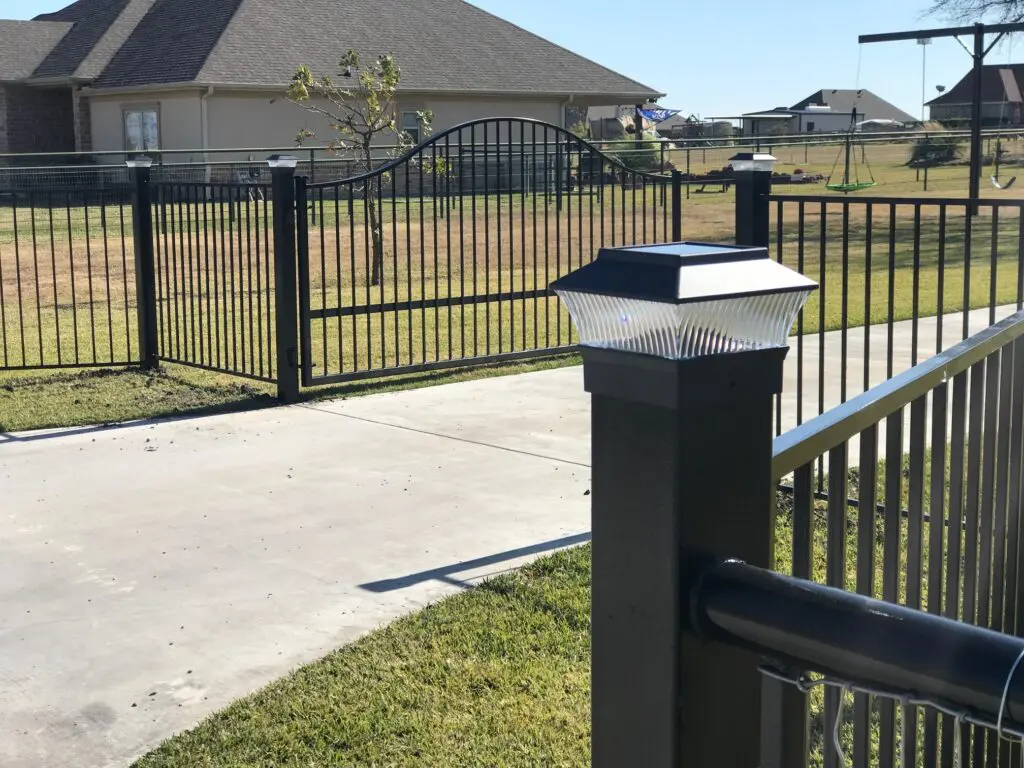What weighs 30 pounds, can sprint up to 45 miles per hour, jumps so athletically it appears to levitate, and eats everything from citrus food to snakes to livestock carcasses? It’s your not-so-friendly neighborhood coyote. And you definitely don’t want one in your yard – especially if you have cats, small dogs or livestock.
The Coyote Problem
If you want to live in the US but don’t want coyotes for neighbors, move to Hawaii. Otherwise, you’re stuck with these scavenging, omnivorous canines. As humans expand subdivisions into what was once open range, encounters between man and beast multiply. From Dallas to Chicago, Portland to New York, coyotes are increasingly slinking into urban neighborhoods.
In Dallas, cries for more humane treatment of wildlife combined with budget cuts mean that Dallas Animal Services no longer pays trappers to catch and kill coyotes. Instead, the agency is calling for more public education about how to coexist with wildlife.
What is a Coyote Fence?
A coyote fence is a heavy steel mesh fence that goes a few feet in the ground to prevent digging (at least 12 inches) and is high enough (or has Coyote Rollers) to prevent jumping. In some areas, homeowners even include a top to protect their livestock!
Coyote-Proof Enclosure
So how do you coexist with a creature who wants to chow down on your precious Pomeranian? Fido will need a combination of fencing and supervision to stay safe. Building him a six-sided (including top and bottom) steel mesh or chain link run can do the trick. Since coyotes can dig underneath fences and slash through chicken wire, you’ll need heavy gauge material. A four to six-foot wire apron that spreads out around the bottom of your fence is another solution. Some homeowners use electric fencing, but this could zap your Pomeranian instead of the coyote. Consider our line of livestock fences.
Coyote Rollers
Coyote rollers are aluminum cylinders that attach to the top of your fence. Even though coyotes seem to levitate, they actually use their front paws to pull them up the fence, then touch their back paws to the top of the fence and push off. When you attach a roller to your fence, Wiley can no longer get a toe hold. Coyote rollers work with various fence types, including wood, wrought iron, vinyl and chain link. Your fence should be at least six feet tall. Any shorter and the coyote might just sail over the roller.
Coyotes and Livestock
According to the USDA, coyotes account for 65 percent of calf and cattle losses to predators, and 61 percent of lost lambs. Coyotes target babies, the weak or the old. In addition to net-wire or electric fencing, you can also protect your livestock by installing lights above corrals. Especially strobe lights. Coyotes really hate strobe lights. Llamas, big dogs and donkeys make good guards. Promptly remove any dead livestock so coyotes aren’t tempted to scavenge. If possible, confine your livestock to coyote-proof corrals at night.
Coyote Encounter Tips
So what if you’re walking around your neighborhood and you suddenly encounter a coyote? Here are a few tips.
- Look as big as possible. Raise and wave your arms and shout. If you’re wearing a jacket, open it like a cape.
- If you have a pet with you, your natural inclination will be to stoop over and pick it up. But this makes you look small and vulnerable. If your pet is on a leash, pull it in as close as possible and keep looking big.
- Don’t turn your back or run. That’s what prey does.
- If you’re in a really coyote-infested area, prepare for your walks by stuffing your pockets with rocks or golf balls to throw at them. You can carry an air horn to make noise, or a big, brightly-colored umbrella to open over your head to appear larger.
- Stay away from overgrown areas and abandoned property.
- Be unpredictable. If you walk at the same time every day, a coyote is more likely to stalk you.
Do you need some help coyote-proofing your yard? Call your friends at Buzz today and we’ll put our heads together to keep you, the kids, Fido and your livestock safe. Learn more about livestock fences here.







